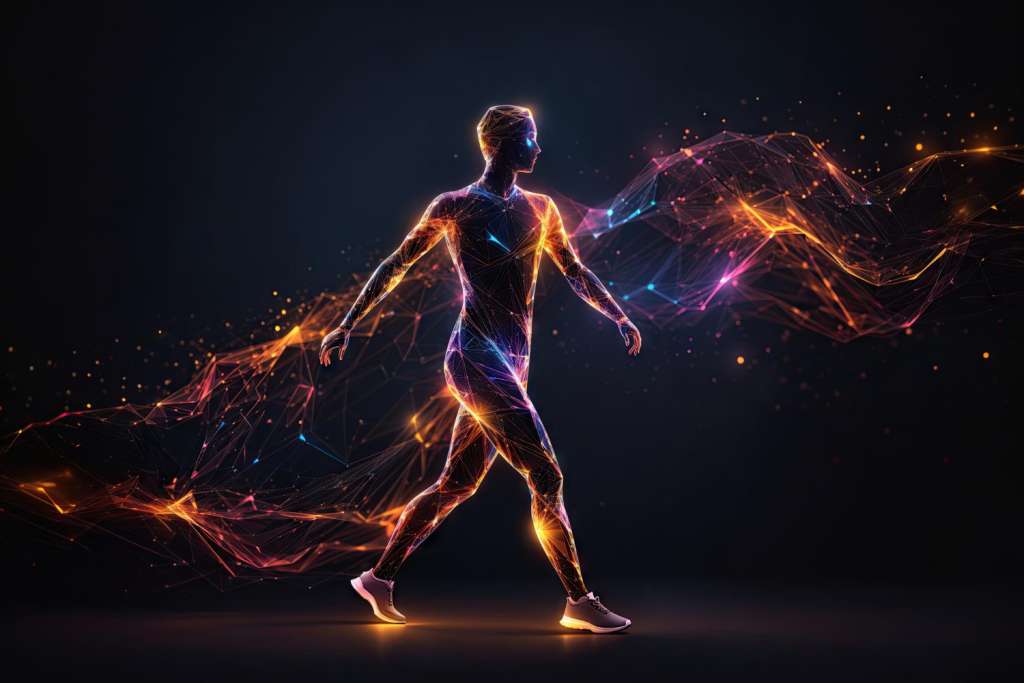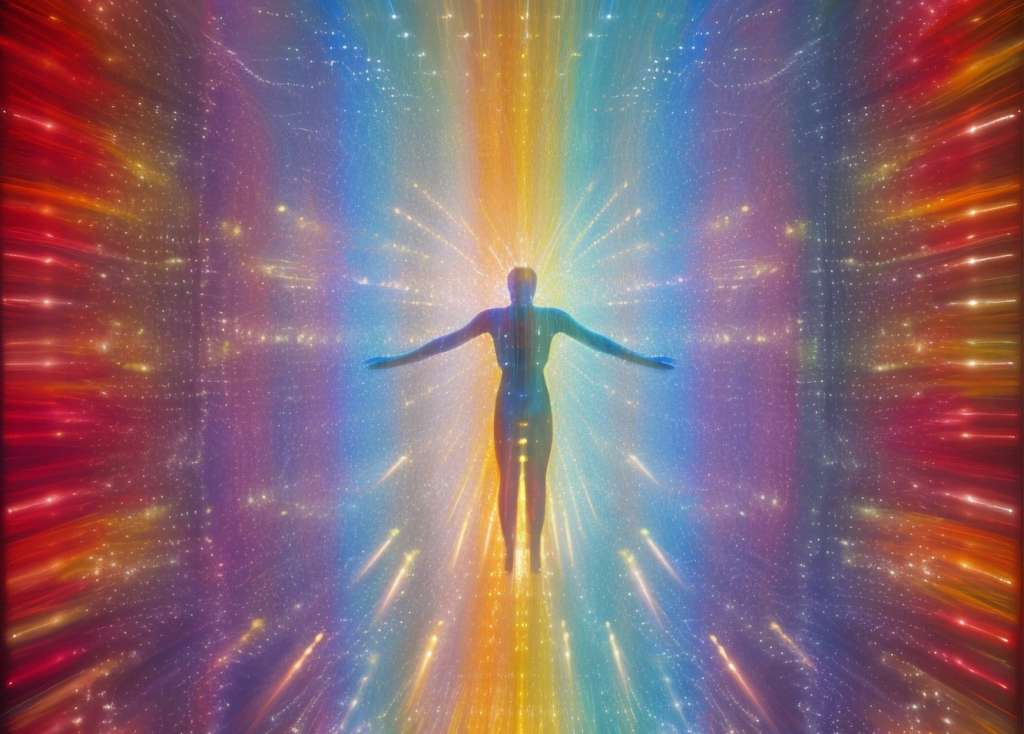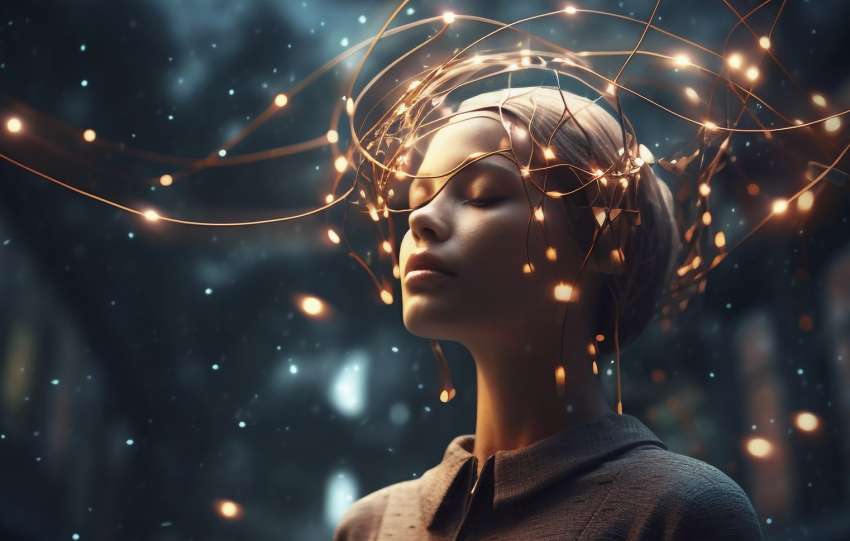
Death is an inevitable part of life, a transition that all living beings must eventually face. It’s a subject that has intrigued philosophers, scientists, and theologians alike for centuries. While the biological aspects of death are well understood, the physics of what happens to our energy after we die is a topic that bridges science and philosophy.
Energy and Life
In life, our bodies are bustling ecosystems of energy. This energy is not just a metaphorical reference to vitality but a literal translation of the various biochemical processes that keep us alive. We consume food, which is converted into chemical energy, powering everything from our thoughts to our movements. Our bodies are open systems in the thermodynamic sense, constantly exchanging energy with our environment.

The First Law of Thermodynamics
The first law of thermodynamics, also known as the law of conservation of energy, states that energy cannot be created or destroyed in an isolated system. The universe is considered a closed isolated system, but the human body is not. We are part of a larger system where energy can and does flow in and out.
At the Moment of Death
When we die, the heart stops beating, and the body’s cells are deprived of oxygen. Without oxygen, the cells cannot produce ATP (adenosine triphosphate), the energy currency of the cell, and they begin to die. The process of decomposition begins, and the body starts to break down.
Decomposition: The Energy Exchange Continues
Decomposition is nature’s way of recycling. As the body decomposes, it goes through several stages, starting with autolysis, where the body’s own enzymes begin breaking down cells. Then comes bloat, where gasses produced by bacteria cause the body to swell. This is followed by active decay, where tissues liquefy, and finally, skeletonization.
Throughout this process, the energy contained within the body’s cells is released back into the environment. Microorganisms play a crucial role in this process, consuming the body’s tissues and converting the stored chemical energy into heat and biomass, which then becomes part of the ecological cycle2.

Energy’s Eternal Journey
The atoms that make up our bodies were formed in the hearts of ancient stars. These atoms have been part of countless cycles of death and rebirth in the universe. When we die, the energy that powered our lives doesn’t vanish; it transforms. It becomes part of the soil, the air, and the life that will spring forth from what we leave behind. This is the profound and enduring legacy of our energy — it continues to contribute to the universe’s grand tapestry.
Conclusion: The Continuity of Energy In conclusion, the physics of death tells us that the energy of a deceased organism doesn’t disappear; it merely changes form and continues to participate in the vast energy network of the universe. Our physical forms may cease to exist as we know them, but the energy that once animated us will persist, echoing through space and time, forever a part of the cosmos we once called home. This scientific perspective offers a different kind of solace: the assurance that in the grand scheme of things, nothing is truly lost, and the dance of energy goes on eternally.





